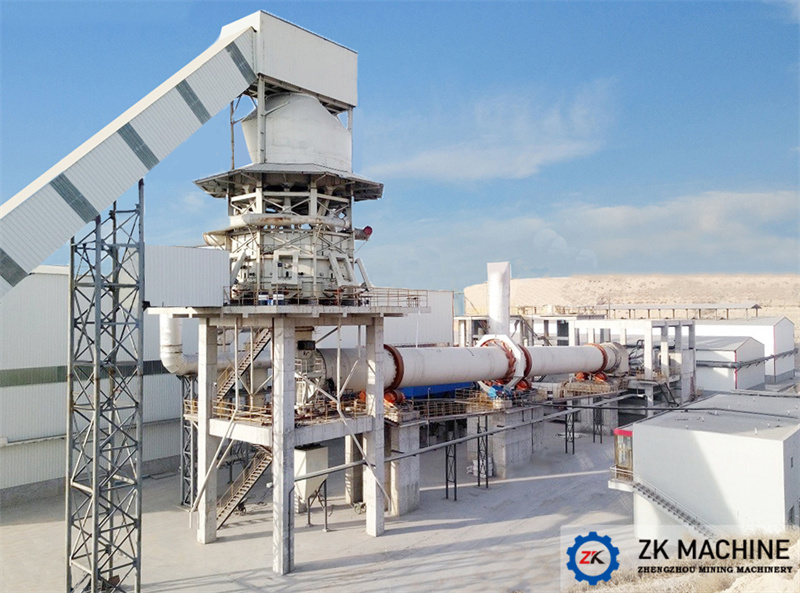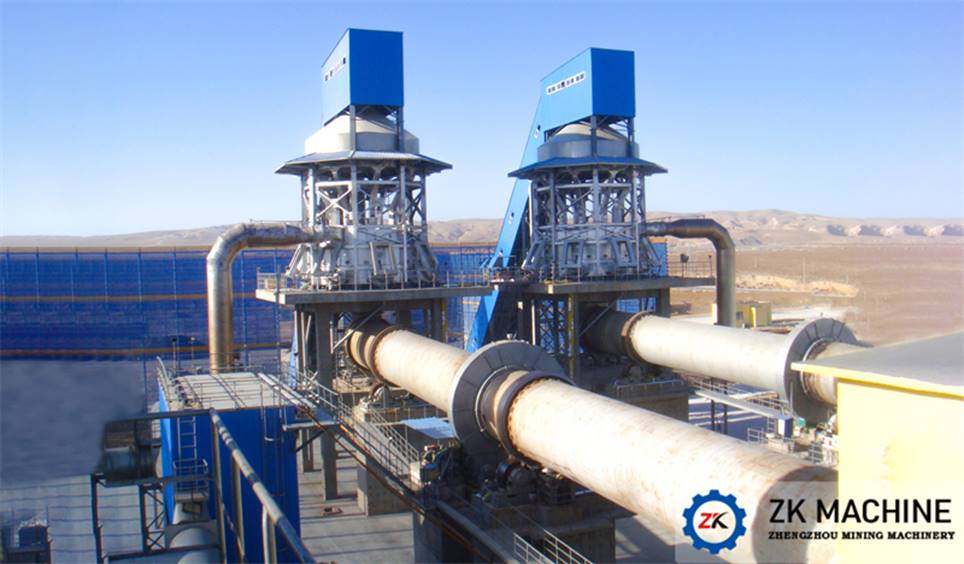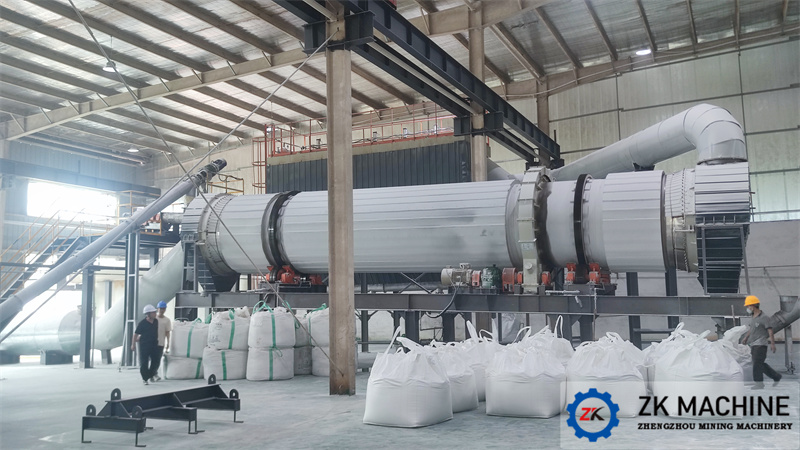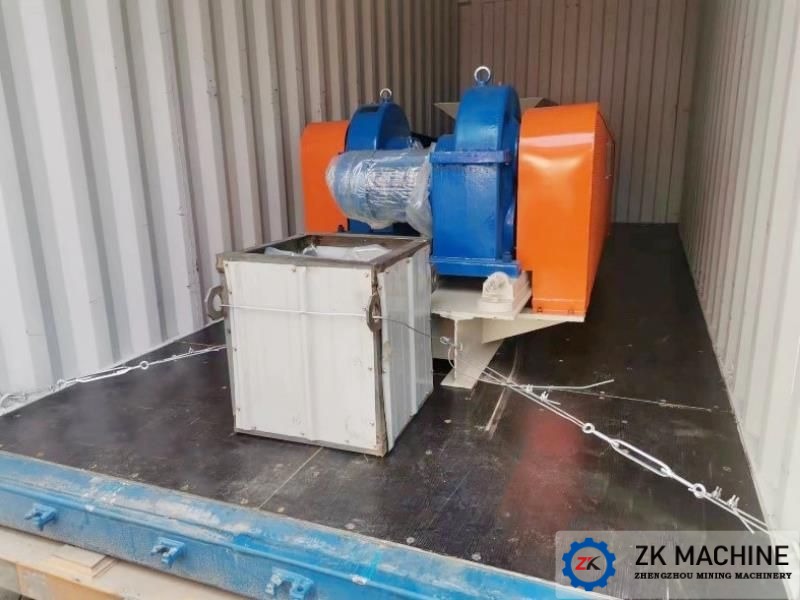Comprehensive utilization and environmental protection disposal strategy of magnesium metal reduction slag!
With the continuous progress of magnesium production technology and the rapid growth of production, China has become the world's magnesium metal producer, accounting for about 80% of the world's output. In the production of magnesium metal, the Pijiang thermal reduction process, as the main process, is widely used for its stable characteristics. However, this production method is also accompanied by the production of a large number of by-products - magnesium slag. For every ton of magnesium metal produced, 6-7 tons of magnesium slag will be produced, which is complex incomposition, including calcium oxide, silicon dioxide, iron oxide, calcium fluoride, and other components, and contains magnesium oxide that is not completely reduced.

Under the background of the "double carbon" strategy proposed by the current state, how to effectively deal with this magnesium slag and realize the comprehensive utilization of resources has become an important issue that metal magnesium manufacturers must face.
The chemical composition of magnesium slag is similar to that of cement clinker, which provides the possibility for its application in the cement industry. The preliminary study shows that when the doping amount and specific gravity of magnesium slag in concrete are less than 15%, the influence on the fineness, surface area, hardness, standard consistency, setting time, and fluidity of cement is not significant. However, the MgO composition in magnesium slag is an important limiting factor. Due to the low activity of MgO, its hydration process is relatively slow, and volume expansion occurs when Mg(OH)2 is generated, which may lead to delayed expansion caused by continuous hydration of MgO long after hardening, thereby affecting the structure and strength of cement concrete.

Among them, removing the residual ferrosilicon in magnesium slag is an important step. After this treatment, the magnesium slag can be ground by a ball mill to prepare a cementing material for backfilling in coal mines. This kind of cementing material not only has good thermal insulation and thermal insulation properties, but also can effectively use magnesium slag, an industrial waste, to realize the recycling of resources.
In addition, the treated magnesium slag can also be used to make lightweight wall materials. This kind of wall material not only has the advantages of lightweight, high strength, heat preservation, and heat insulation, but also has a wide range of raw materials, low production cost, and a good market prospect.
The comprehensive utilization and environmental treatment of magnesium metal reduction slag is a field full of challenges and opportunities. Through scientific research and technological innovation, we can not only achieve the effective use of magnesium slag, but also make positive contributions to environmental protection. In the future, with the continuous progress of technology and policy support, it is believed that the comprehensive utilization of magnesium slag will usher in broader prospects for development.




